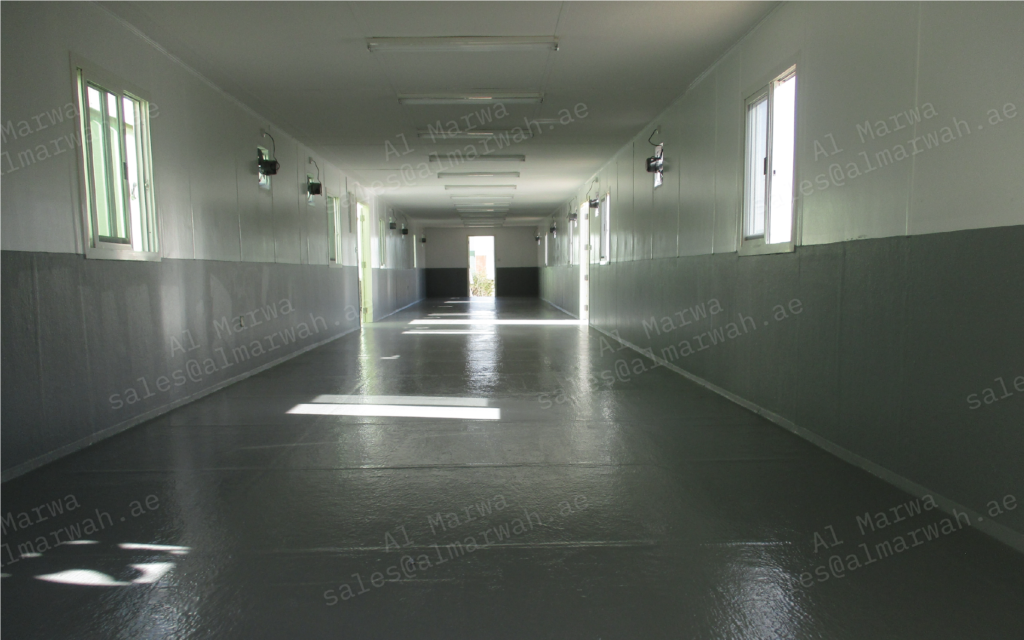GRP lining
GRP LIning
Experience the unparalleled durability of GRP (Glass Reinforced Plastic) lining, which ensures that tanks remain corrosion-free for the entire lifespan of most facilities. Resilient against leaks and failures caused by corrosion, GRP-lined tanks provide a maintenance-free solution. GRP Lining Eliminating the need for periodic testing, record-keeping, or the replacement of protection systems, GRP lining translates to substantial time and cost savings, mitigating concerns over the tank's service life and avoiding potential financial liabilities.
In underground storage applications, GRP lining extends its benefits, allowing for the secure storage of various substances such as gasoline, aviation fuel, gasohol, jet fuel, diesel fuel, potable water, or wastewater at ambient underground temperatures. Capable of withstanding temperatures up to 150°F for fuel oil, GRP-Fiberglass-lined tanks are a versatile choice.

Frequently Asked Question
GRP Lining, or Glass Reinforced Plastic Lining, is a protective layer composed of glass fiber mat saturated with unsaturated polyester resin. It is applied to surfaces like concrete, steel, wood, and fiberglass to enhance durability and resistance.
GRP Lining offers superior corrosion resistance, making it an ideal choice for tanks storing drinking water, chemicals, and more. It is maintenance-free, providing long-lasting protection without the need for periodic testing or replacement.
GRP Lining is versatile and can be applied to a range of surfaces, including tanks, pipelines, and industrial structures. It is effective in protecting against corrosion in both above-ground and underground applications.
Yes, GRP Lining is excellent for underground storage, offering robust protection against corrosion. It is suitable for storing various substances, including gasoline, aviation fuel, potable water, and wastewater.
The combination of glass fiber and unsaturated polyester resin creates a corrosion-resistant barrier. GRP Lining prevents leaks and failures caused by corrosion, ensuring the longevity of tanks and structures.
Yes, GRP is a recyclable material, and the manufacturing process has a lower environmental impact compared to some traditional materials, making it an eco-friendly choice.
No, GRP Lining is virtually maintenance-free. Once applied, it provides long-term protection without the need for frequent inspections or replacement, saving time and costs.
Yes, GRP Lining is designed to withstand a range of temperatures, making it suitable for various applications. It remains effective in both ambient and elevated temperatures.
GRP Lining installation is quick and straightforward. Properly installed, it ensures a resilient protective layer that can withstand continuous contact with different media.
GRP Lining is tailored for industrial use, providing protection in corrosive environments. Its versatility makes it suitable for tanks, pipes, and structures in diverse industrial applications.
